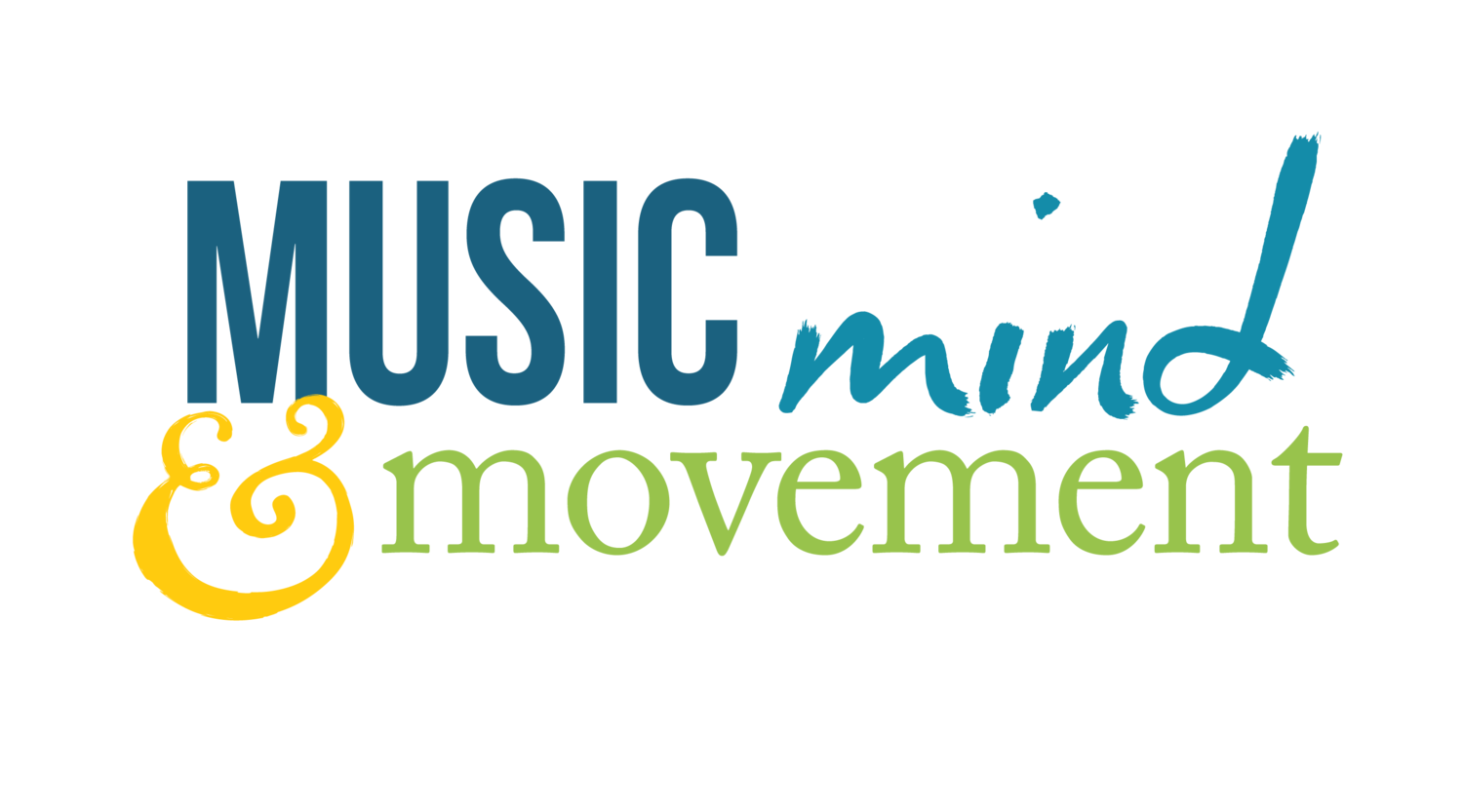Ep 22: Breathing Coordination with Barbara Tanze
about barbara
Born in Munich, Germany and raised between Germany, Switzerland and the USA, Barbara Tanze graduated from the Conservatoire de Lausanne with an M.A. degree in vocal pedagogy and classical vocal performance.
She has sung opera productions and concerts around Europe, including the role of Violetta Valery (La Traviata) at the Slovenian National Opera in Ljubljana and also performed around the world with her group »The Petticoat Girls«, seeking to promote classical music through humorous and entertaining storylines. Being a very versatile vocalist, she also participated in the electronic music project »The Atlas of the Lost Islands« by the Italian composer/artist Paolo Pascutto and is the lead singer of the symphonic metal band AqvileA.
Barbara is one of only a dozen certified advanced MDH Breathing Coordination practitioners in the world today. She also actively pursues her training in different manual practices and vocal approaches. In 2017, she was invited to teach a MDH Breathing Coordination workshop in London for Ultimate Artists, a development programme for young performers created by Joshua Alamu as well as sharing her knowledge at the first World Voice Teachers Expo in Poland. Barbara has taught workshops at Pacific Opera in Sydney and Adelaide State Opera in 2018 and presented her research work in Los Angeles and Long Beach, California. She is an external consultant for breathing and functional anatomy for the Modern Vocal Training Institute based in Malaga, Spain since 2019.
In addition to her work with singers and singing teachers, Barbara is training amateurs and professional athletes to optimize their breathing mechanism for any kind of athletic activity. Her clients include Andreja Sterle Podobnik, winner of the Everest Trail Race in 2016, Slovenian cycling champion Matej Mugerli, Olympian Urška Poje (biathlon) as well as many others.
in this episode
Barbara is one of the reasons that I love Instagram! I discovered her account last winter and found her posts about breathing to be incredibly helpful. I was grateful that she agreed to come on the podcast to talk about breathing and more, including:
Her early musical training on recorder, piano and, later, voice
Her experience as an exchange student in the US when she was a teenager
Her formal training in voice and voice pedagogy
Her recent forays into the worlds of pop, jazz, and symphonic metal
How she became interested in learning to use her body more efficiently once she began to take on more demanding opera roles,
How this ultimately led her to study and eventually learn to teach the MDH Breathing Coordination method
The roots of MDH Breathing Coordination in Carl Stough’s work with people with respiratory issues as well as with Olympic athletes
Ideokinesis: how the body changes in response to structured mental imagery and metaphor
How and why Barbara combines hands-on work with mental imagery in her work with clients
How Stough’s work was systematized by functional anatomist and Ideokinesis expert Lynn Martin in collaboration with vocal pedagogue Robin De Haas
What happens in a Breathing Coordination session
The connection between the psoas muscles and the diaphragm
Why it is important, especially for wind instrumentalists, to understand recoil pressure and prepare their bodies to absorb that pressure
The difference between contracting the abdominal muscles and allowing the abdominal muscles to respond to and interact with a pressure, or bracing vs responding
Why having a mobile rib cage is absolutely crucial for healthy breathing
How many aspects of modern living (lots of sitting, stress, etc.) can contribute to breathing inefficiencies
Why it is important to “get to know your ribcage”
Why it is important to go beyond understanding how the breathing mechanism “should” work to feeling the ease of movement in your body
Why, when it comes to breathing, lack of pain or discomfort is not necessarily a sign that all is working well
Why it is important for ALL musicians (not just singers and wind players) to learn to breath well
Some problems that can result from relying to heavily on accessory breathing muscles (such as the pectorals and sternocleidomastoid)
How inaccurate ideas about breathing can make it difficult to breathe well
Why “breathe into your belly” is often not a helpful cue
The role of the pelvic floor in breathing
Ways of assessing whether or not the diaphragm is going through its full range of motion
Why it is important to understand that many of the diaphragms muscle fibres are oriented vertically
Why lack of rib mobility can prevent people from exhaling fully and how, in turn, an incomplete exhalation can make it difficult to inhale fully
The MDH Breathing Coordination training program
learn more
MDH Breathing Coordination website
Carl Stough (also here)
Ideokinesis and Mabel Todd’s book, The Thinking Body
Find Barbara on Instagram @voiceup_institute or Facebook or at her website
Barbara’s vacation rental @the_green_lantern_62 where she hosts breathing retreats (!!!)




